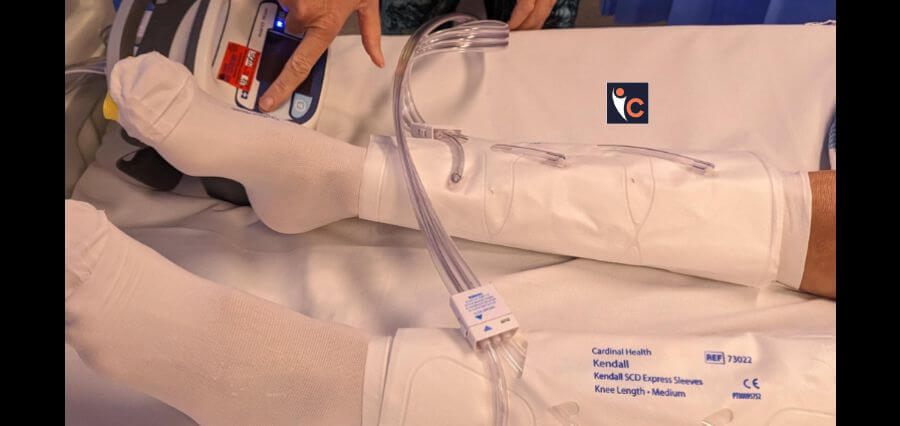Molecular biomarkers and Prostate Cancer
A study carried out recently and published in Mayo Clinic proceedings in January, reported that patients who were detected with low risk prostate cancer, on carrying out needle biopsy showed genetic shifts, which could be directly linked to future high-risk prostate cancer. The research has also found that genetic alterations linked with high and intermediate risk prostate cancer patients may be found in a few cases of low-risk prostate cancer. Hence, scientists say that men diagnosed with low-risk cancer may benefit from additional testing for these chromosomal variations.
“We have discovered new biomarkers that can guide men in their decisions about the course of their prostate cancer care,” says the lead author of the study, George Vasmatzis, Ph.D. He is the Co-director of the Center for Individualized Medicine Biomarker Discovery Program. He further delivers, “We found that the presence of genetic alterations in low-risk prostate cancer can help men choose between the treatment and active surveillance.”
While the research was going on, the researchers performed DNA sequencing with the help of mate-pair sequencing which is a high-tech genomic tool. The research was performed on very particular Gleason patterns from frozen cancer specimens from around 126 men who had removed their prostate glands. During the study, they found that there are five genes that are repeatedly altered in Gleason patterns 4 and 5 and not when Gleason pattern 3 was found alone. The term ‘Gleason pattern’ is related to Gleason Score. It is the grading system used to determine the aggressiveness of prostate cancer.
Men having Gleason pattern 3 prostate cancer may choose active surveillance as the pattern is considered to be low-risk. In the case of Gleason pattern 4 and 5 prostate cancer, which is considered as high-risk cancer, men are mostly referred to treatment such as surgery and radiation.
These genetic alterations were confirmed with the help of a test called ‘Fluorescence In Situ Hybridization’ (FISH). Prior to the test, the genetic information is generated using mate-pair sequencing and is then converted in the FISH Test; which is available for Mayo patients.















